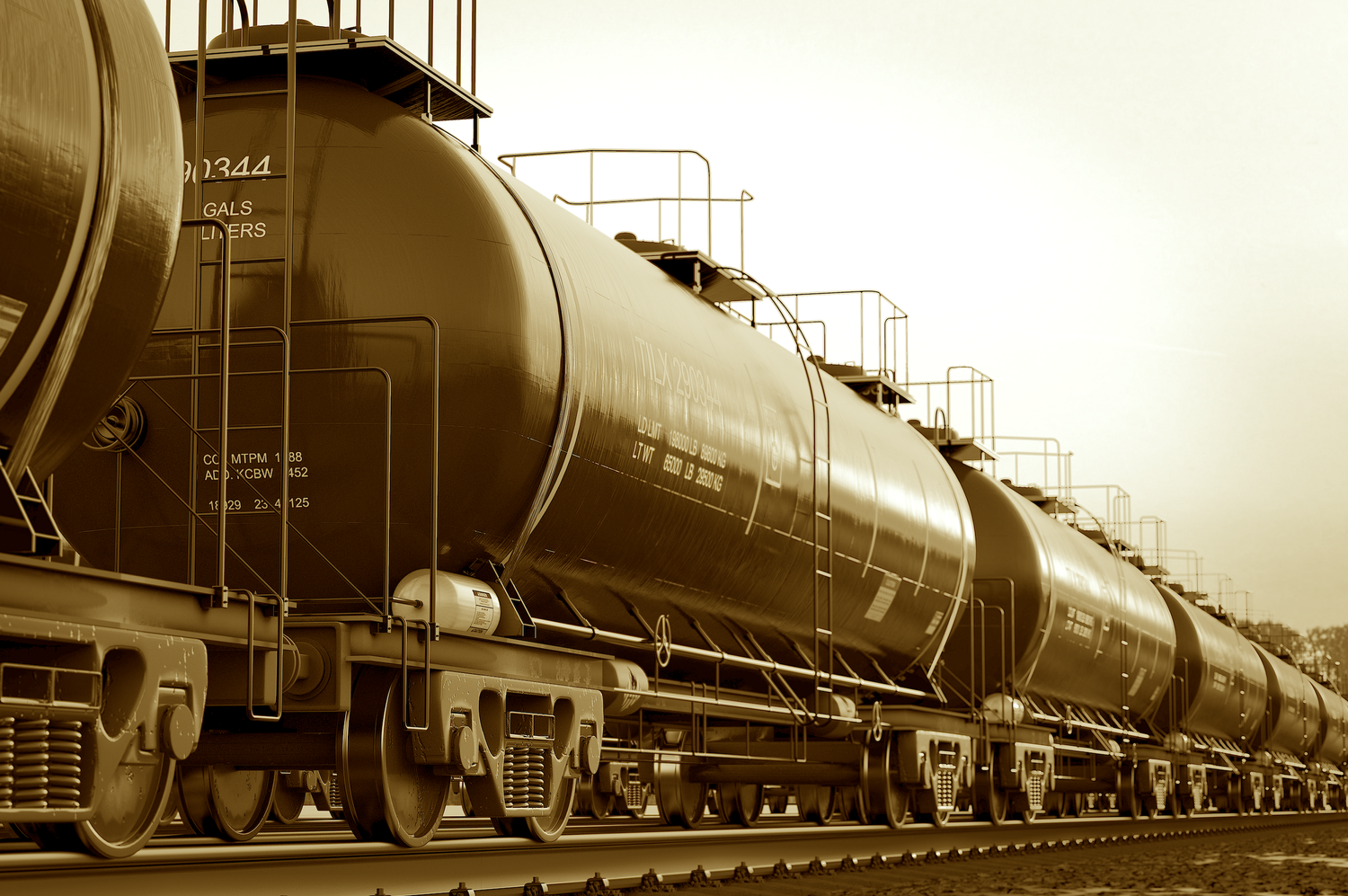Surfactants Monthly Review – December 2018
Surfactants Monthly Review – December 2018
Merry Christmas and a Happy New Year to our readers. This blog is one of a two part publication. Below you will find strictly the news from December. No long diversions into cultural or musical history or reminiscences of fondly remembered times. That is all contained in our end of year piece, published separately. Below you will find just the news. So if you only read our blog for the music, you can stop right here and look out for our companion piece, “The Road More Travelled”
First up in personnel notes: Oxiteno named Carlos Brasil the chief operating officer of Mexico, the Andes and the Caribbean, as noted by ICIS. A solid move by Oxiteno. I knew Carlos when he was in procurement at Oxiteno in Brazil. First class manager His promotion comes as Oxiteno has started up a new alkoxylation plant in the US.
EO continues its decline in pricing as ICIS notes that US ethylene oxide contract prices for November fell by 2.7% on the back of a 6.4% decrease in the November contract settlement for feedstock ethylene.mNovember EO contracts were assessed at 52.4-61.9 cents/lb ($1,155-1,365/tonne) FOB (free on board), a decrease of 1.6 cents/lb from October. US November ethylene contracts were assessed at a 2 cent/lb decrease. ICIS goes on to opine that US EO supply is likely long in December as demand into downstream polyethylene terephthalate (PET) and surfactants is soft at this time of year.
[caption id="attachment_1340" align="aligncenter" width="1024"]An Interesting Few Decades[/caption]
Big news in LAB: ADNOC and Cepsa have awarded Spain’s Tecnicas Reunidas the front-end engineering and design (FEED) contract for their linear alkyl benzene (LAB) facility in Ruwais, UAE ICIS reports. The contract, which is the first awarded in the $45bn Ruwais Derivatives Park that was announced in May of this year, is for a 225,000 tonne/year normal paraffins plant and the LAB facility, expected to have a capacity of 150,000 tonnes/year.
“The LAB plant will be a key component of ADNOC’s plans to develop a new, large-scale, manufacturing ecosystem in Ruwais through the creation of the Ruwais Derivatives Park,” said ADNOC refining and petrochemicals business unit manager Abdulla Ateya Al Messabi. Cepsa and ADNOC signed an agreement to develop the LAB plant at the complex in May, following a memorandum of understanding that was signed in November 2017. Cepsa’s head of chemicals Jose Manuel Martinez confirmed to ICIS in November 2017 that the partnership expected to invest approximately $600m in the plant.
[caption id="attachment_1341" align="aligncenter" width="744"]Big LAB[/caption]
Something we only tangentially addressed during the year is the state of the river Rhine in Germany. The UK’s Daily Express referred to a “Christmas Cruise Crisis” but the consequences have been more dire than that. The supply chain for chemicals in Europe depends heavily on the Rhine and other major European rivers.
[caption id="attachment_1342" align="aligncenter" width="590"]A Shallow View[/caption]
At the end of November, BASF closed its toluene di-isocyanate plant in Ludwigshafen due to lack of raw materials. Evonik Industries cut production at all six of its chemical facilities in Germany that depend on shipping via the Rhine. Transport by train or truck could not fully replace the river, the firm said. River levels in Worms, Germany, home of an Evonik plant some 20 km downstream of Ludwigshafen, were down to just 10 cm during November. German newspaper, Handelsblatt noted that 40 percent of deliveries to BASF in Ludwigshafen normally come via water, between five and 10 large freighters a day. Many of these are now unable to deliver. BASF says it has investigated many possible solutions, considering pipelines as well as road and rail transport, but it can only find alternative delivery for around one-third of the missing river-freighted raw materials. To shift entirely to road transport would mean conjuring up 1,600 large trucks every day. Not happening.
The actual data out there is not that comprehensive but the charts below show how the summer of 2018 established a low point of the last 9 years in Rhine river levels
[caption id="attachment_1343" align="aligncenter" width="868"]Lower Than Usual[/caption]
And finally, Clariant, notwithstanding international approbation of the Saudi regime, announced that it would enter into an MOU around alkoxylation with Saudi Kayan. As defined by the MoU, both parties have agreed to evaluate the formation of a joint venture with the aim of establishing a manufacturing facility for alkoxylates. This facility is planned to combine Clariant’s alkoxylates production technology with Saudi Kayan’s raw materials and would therefore be based within Saudi Kayan’s Petrochemical Company complex in Jubail Industrial City, Saudi Arabia.
[caption id="attachment_1345" align="aligncenter" width="660"]Won't be a sec' luv. Just popping in here to file the MOU paperwork..[/caption]
That’s it for a slow news month. Next year, I really do look forward to a great 2019 with a solid series of outstanding surfactants conferences starting with the flagship / mothership event in May in NYC, then Europe in September, India October and Asia November.
By the way, if you would like to apply to be a judge at the 3rd Surfactants Awards, drop me a line. neil [at] neilaburns.com
Have a Surfactants Filled and Merry Christmas
[caption id="attachment_1346" align="aligncenter" width="1024"]Never lose their appeal[/caption]
All the best,
Neil
